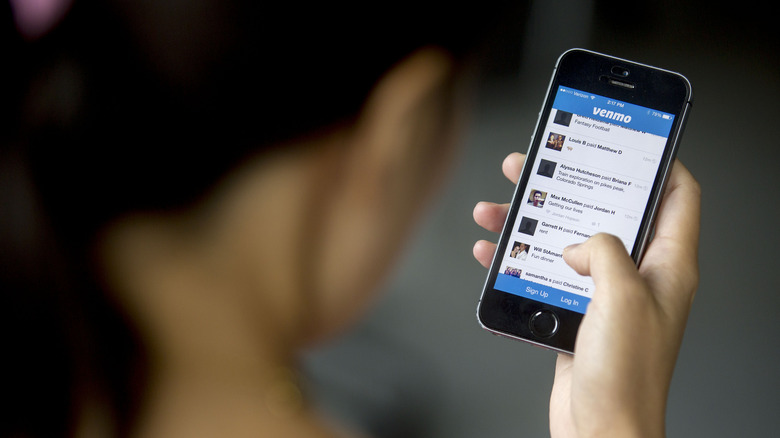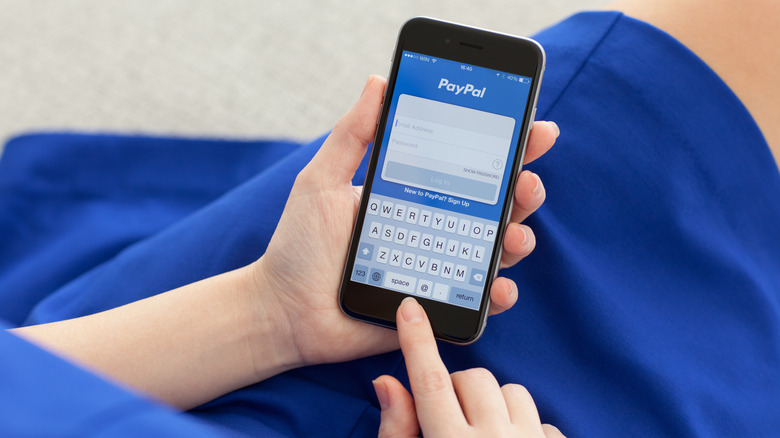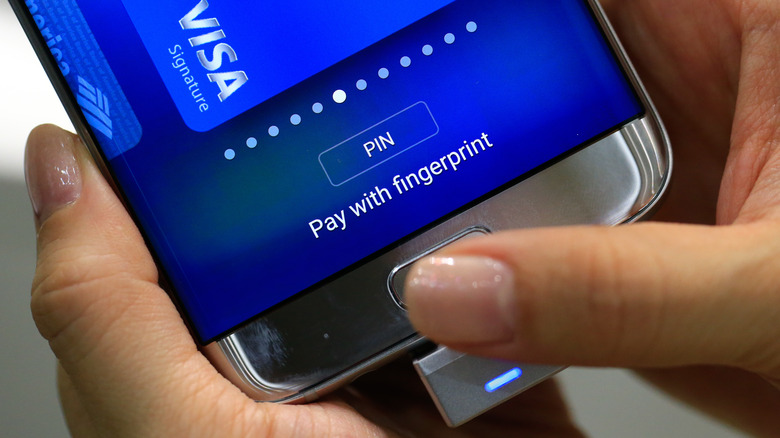What To Do If Someone Accidentally Sends You Money
While the technology of peer-to-peer payment apps has made our lives easier in many ways, it has also presented us with new dilemmas. Whether it's already happened to you, or someone you know, chances are you're aware of the potential for someone to accidentally send/receive money. While in a simple world, it'd be easy enough to quickly send the money back, the risk of fraud and of potential scams complicates the matter. If you find yourself on the receiving end of "accidentally sent" money from a stranger, it's important not to simply return it. You might be thinking that sounds wrong or dishonest but in this case, trust us — it is better to be safe than sorry.
While by no means a new scam, the money request scam is still going strong for users on P2P apps, like Venmo or PayPal. This particular hustle involves a scammer sending you money "accidentally" using a stolen credit card. After the money is sent, the scammer then changes the credit card in their account before asking you to send the money back to them, citing their own user error for the issue. However, if you end up sending them the amount requested, it'll get credited to their credit card (and not the one the money came from). This means that when the original victim whose credit card was stolen in the first place, seeks a refund, the money will come out of your account since it's the one connected to the initial payment.
Things to look out for
One of the more complicated strategies used by scammers in this P2P scheme involves creating an account that can look exactly like existing friends or contacts in your peer-to-peer account. This can involve using the same profile picture, and/or changing just one letter of the account name so that, on first glance, it can easily be mistaken for the account of someone you actually know. This can make the request for "accidentally sent" money seem entirely legitimate and make you more likely to send the money back. However, this is part of the reason why it's so important to keep your transaction history off of an app's public feed. By keeping your transactions public, it is significantly easier for scammers to know your payment history, and regular payees which, in turn, makes it easier to dupe you.
It's also important to realize that there are far fewer consumer protections on peer-to-peer apps than there are with, say, credit cards, and the likelihood of any fraud being reimbursed to you is low. The Better Business Bureau even issued a warning to consumers about the fact that most P2P companies offer limited consumer protections against fraud that occurs while using their apps. This is especially dangerous when you consider that, according to a Consumer Reports survey, 64% of people reported using a P2P payment app to pay and/or receive money in 2022. CR also found that none of the big four P2P apps (Apple Cash, Cash App, Venmo, Zelle) will compensate consumers in instances of fraud.
Ways to protect yourself
The first, and most important, thing you can do if you receive any "accidentally sent" money is to check in with the person who supposedly sent it. This is especially important if the user who sent the money is someone you know. By confirming with them (outside of the P2P app, of course), you can ensure the request is a legitimate mistake rather than a potential scam. It's also important to contact your chosen app's customer service team if you find the user is, in fact, an attempted scammer. This can help the app remove scam accounts and potentially help other users from falling victim to fraud. Also, increasing the privacy of your transactions and transaction history within your P2P app can help cut down on any potential money scams that might involve impersonation tactics.
Further, remember there are many different kinds of financial scams out there, beyond the money request scam. This makes it vital to add some extra safety and authentication steps to your account. Enabling two-factor authentication, requiring a pin, adding security questions for new devices, and even using fingerprint or face ID can all help to ensure someone can't directly access or hack your account. Another way to add some protection is to only link your peer-to-peer app to a credit card (rather than a debit card or a bank account) so that you can use some of the consumer protections provided by your credit card company in the event of any potential fraud or inaccurate charges.


